Thermostat troubleshooting is one of the first steps homeowners should take when cooling issues arise.
As HVAC experts, we see many homes where cooling issues stem directly from thermostat problems rather than the air conditioning system itself.
A faulty thermostat can cause your air conditioner to short cycle, run constantly, or fail to maintain your desired temperature, leading to discomfort and higher energy bills.
Thermostat issues come in many forms. Sometimes the problem is as simple as poor location - a thermostat placed in direct sunlight or near heat sources can't accurately read your home's temperature.
Other times, it might be a technical issue like a parasitic power draw from smart thermostats without proper wiring, or even dust buildup affecting the internal sensors.
We often find that fixing thermostat problems is much simpler and less expensive than repairing the AC unit itself.
In this article, we'll walk through the most common thermostat issues that mess with your cooling system and provide straightforward solutions you can try before calling a professional.
Here's what you need to know:
- How to identify thermostat issues affecting your AC
- How thermostat problems lead to HVAC cooling failures
- Electrical problems that affect thermostat and HVAC performance
- Prevent thermostat problems and know when to call a pro
Good reading!
How to identify thermostat issues affecting your AC
Thermostat problems can cause discomfort in your home and drive up energy bills. Learning to spot these issues early helps you decide whether to fix them yourself or call a professional.
Thermostat not responding
When your thermostat doesn't respond to adjustments, it can be frustrating and uncomfortable. First, check if it has power. Dead batteries are a common culprit in battery-operated models. For hardwired thermostats, check if a circuit breaker has tripped.
Dust and dirt can also interfere with thermostat operation. Gently remove the cover and clean the inside components with a soft brush or compressed air. Avoid using liquids that might damage the electronics.
Wiring problems often cause unresponsive thermostats. Look for loose, disconnected, or corroded wires. If you're comfortable with basic electrical work, ensure connections are secure. Otherwise, it's best to call an HVAC technician.
Age can be another factor. Most thermostats last 10-15 years before needing replacement. If yours is older and giving you trouble, a new model might be the solution.
Why your thermostat shows the wrong temperature
When your thermostat says one temperature but your home feels completely different, you're facing a reading problem. Location is often the issue. Thermostats placed in direct sunlight, near appliances, or in drafty areas will give false readings.
Common causes of incorrect readings:
- Poor placement (near windows, doors, vents)
- Dust buildup on internal sensors
- Calibration drift over time
- Damaged temperature sensors
To test if your thermostat is accurate, place a reliable thermometer next to it. Wait about 15 minutes and compare readings. A difference of more than 1-2 degrees indicates a problem.
Some thermostats have calibration settings you can adjust. Check your manual for instructions. If calibration doesn't help, professional service or replacement may be necessary.
Thermostat settings mistakes that affect cooling performance
Many cooling problems stem from incorrect thermostat settings rather than mechanical failures. Check that your system is set to "Cool" mode rather than "Heat" or "Off." This sounds simple but is easily overlooked.
Program schedules can cause confusion. If temperatures change unexpectedly, your thermostat might be following a preset schedule. Review and adjust your programming as needed.
Common programming issues:
- Incorrect day/time settings
- Conflicting temperature schedules
- Accidentally activated vacation mode
- Fan settings on "On" instead of "Auto"
Smart thermostats can add complexity with app connections and Wi-Fi dependencies. If you're having trouble, try resetting the connection or updating the software.
We recommend taking photos of your settings before making changes. This creates a reference point to return to if needed.
Thermostat screen issues: flickering, blank, or frozen displays
A blank, flickering, or partially lit display indicates electrical problems with your thermostat. Power issues are the most common cause. Try replacing batteries or checking circuit connections.
Some displays dim automatically to save energy. Look for brightness settings in your thermostat menu or consult the manual to adjust this feature.
Touchscreen responsiveness problems can make a thermostat unusable. Clean the screen with a slightly damp microfiber cloth to remove oils and dust that might interfere with touch sensitivity.
Digital displays can develop pixel problems over time. Dead pixels or display segments that don't light up properly indicate internal component failure. While some models have reset procedures that might help, most display failures require thermostat replacement.
Extreme temperature fluctuations can damage LCD displays. If your thermostat is in an area with dramatic temperature swings, consider relocating it to a more stable environment.
How thermostat problems lead to HVAC cooling failures
Thermostat problems can seriously impact your cooling system's performance, often in ways you might not immediately recognize.
When your thermostat malfunctions, it sends incorrect signals to your AC unit, creating a chain of cooling issues throughout your home.
AC not cooling? It might be your thermostat
When your AC isn't cooling properly, your thermostat might be the culprit. A common issue is incorrect temperature readings, where the thermostat thinks your home is cooler than it actually is. This prevents your air conditioner from turning on when needed.
Faulty wiring between your thermostat and cooling system can interrupt communication signals. This disconnection means your AC never receives the command to start cooling.
Calibration problems can also cause cooling failures. If your thermostat is off by even a few degrees, your home may remain warmer than your set temperature. This is especially common in older thermostats or those installed in poor locations exposed to sunlight or drafts.
Quick check: Make sure nothing is blocking your thermostat or exposing it to heat sources that could affect its readings.
Short cycling and constant running: a thermostat troubleshooting guide
Short cycling occurs when your air conditioner turns on and off frequently without completing full cooling cycles. A malfunctioning thermostat often triggers this behavior by sending inconsistent signals to your cooling system.
When thermostats have electrical issues or failing sensors, they might cause your AC to run almost constantly. This overworks your compressor and motor while wasting energy.
Location matters too. A thermostat placed near windows, vents, or appliances that generate heat can detect false temperature readings. This confuses your cooling system about when to shut off.
Warning signs:
- AC runs for less than 10 minutes before shutting off
- System turns on and off more than 3-4 times per hour
- Energy bills increasing without temperature changes
Uneven cooling at home? Your thermostat may be to blame
When some rooms feel like freezers while others remain warm, your thermostat might be misreading your home's overall temperature. Single-sensor thermostats only measure temperature in one location, which may not represent your entire living space.
Zoning problems can occur when a central thermostat controls multiple areas with different cooling needs. Without zone control, areas farther from the thermostat may never reach comfortable temperatures.
Thermostat placement is crucial for balanced cooling. A device installed in a naturally cool area of your home will shut off your system before warmer rooms receive adequate cooling.
Solution tip: Consider upgrading to a smart thermostat with remote sensors that can be placed in different rooms to create more balanced cooling throughout your home.
Using the app’s recommended settings, the Honeywell Home X2S Smart Thermostat can save around 22% on heating and 17% on cooling compared to non‑connected models, according to The Sun.
Electrical problems that affect thermostat and HVAC performance
Your thermostat connects to various mechanical and electrical components that directly influence cooling efficiency. When these components malfunction, your cooling system may not work properly despite having the correct temperature settings.
Wiring and fuse complications
Loose or damaged wiring often causes thermostat communication problems with your cooling system. These wiring issues can develop over time due to vibration, pests, or simple wear and tear.
Check for visible wire damage or disconnections by removing the thermostat cover carefully. If you notice burned or discolored wires, this indicates potential electrical problems that need professional attention.
Blown fuses are another common issue. Most HVAC systems have dedicated fuses that protect the equipment from power surges. When these fuses blow, your cooling system won't receive power.
To check for blown fuses, locate your system's wiring diagram (usually inside the access panel) and identify the fuse locations. Replace any blown fuses with ones of identical amperage ratings.
Tripped circuit breakers
Circuit breakers protect your home's electrical system from overloads. When your AC draws too much power, the breaker trips and cuts power to the system.
To check if this is your problem, locate your home's electrical panel and look for any breakers in the "off" position or between settings. Simply reset the tripped circuit breaker by switching it fully off and then back on.
Frequent tripping suggests a more serious electrical issue. This could indicate:
- Short circuits in the wiring
- Compressor overheating
- Aging electrical components
If your breakers trip repeatedly, we recommend calling a professional rather than continuously resetting them.
How low refrigerant levels confuse your thermostat
Refrigerant is the substance that absorbs heat from your home and releases it outside. When refrigerant levels drop below the manufacturer's specifications, cooling efficiency decreases dramatically.
Signs of low refrigerant include:
- Warm air from vents
- Ice formation on the evaporator coil
- Hissing sounds (indicating refrigerant leaks)
- Longer cooling cycles
Unlike fuel, refrigerant doesn't get "used up" during normal operation. Low levels almost always indicate a leak that requires professional repair.
Regular maintenance can detect small refrigerant leaks before they become major problems that damage your compressor.
How dirty air filters trigger thermostat and AC issues
Air filters trap dust, pollen, and other particles to keep your system clean. When air filters become clogged, they restrict airflow and force your system to work harder.
A dirty filter can cause:
- Reduced cooling efficiency
- Higher energy bills
- Frozen evaporator coils
- Premature system failure
We recommend checking your air filter monthly during peak cooling season. Hold it up to a light source – if you can't see through it, it's time for replacement.
Most residential systems use standard-sized filters that are inexpensive and easy to change. This simple maintenance task can prevent many common cooling problems.
Prevent thermostat problems and know when to call a pro
Taking care of your thermostat and HVAC system can save you from uncomfortable temperatures and expensive repairs. Regular maintenance keeps your system running efficiently while knowing when to call a professional can prevent minor issues from becoming major problems.
Why thermostat maintenance is essential for AC efficiency
Regular thermostat maintenance is crucial for optimal cooling performance. We recommend checking your thermostat's batteries every six months and replacing them before they die completely. Dust and debris can interfere with sensors, so gently clean around your thermostat with a soft brush or compressed air quarterly.
Calibration checks ensure your thermostat reads temperatures accurately. If you notice inconsistent cooling or your home feels warmer than the displayed temperature, your thermostat might need recalibration.
Check your air filter monthly and replace it as needed. A clogged filter restricts airflow, making your system work harder and potentially causing thermostat-related cooling issues.
Don't forget about duct cleaning every 3-5 years. Clean ducts improve air quality and help your thermostat regulate temperatures more effectively throughout your home.
Professional repairs and upkeep
Some thermostat issues require professional attention. Call an HVAC technician when:
- Your thermostat display is blank or unresponsive
- The system short-cycles (turns on and off frequently)
- There's a significant difference between the set temperature and actual room temperature
- Your energy bills suddenly increase without explanation
- The system won't switch between heating and cooling modes
Professional HVAC technicians have specialized tools to diagnose complex thermostat issues like faulty wiring or communication problems between your thermostat and cooling system.
In areas with extreme weather like Tampa, Florida, we strongly recommend professional seasonal check-ups. HVAC specialists can identify potential problems before they leave you uncomfortable during hot summer months.
Cut energy costs with smarter thermostat troubleshooting
Smart thermostats can significantly reduce energy costs by automatically adjusting temperatures based on your schedule. These devices can save 10-15% on cooling costs when programmed correctly.
Consider setting your thermostat 7-10 degrees higher when you're away. Each degree above 72°F can save approximately 3% on cooling costs.
Check for drafts near your thermostat that might cause false readings. A thermostat exposed to direct sunlight or near heat-generating appliances will work harder and waste energy.
Simple maintenance tasks that save money:
- Clearing debris around outdoor units
- Checking and sealing ductwork
- Testing thermostat accuracy with a separate thermometer
- Ensuring proper thermostat placement away from heat sources
Addressing small issues promptly prevents them from escalating into costly AC installation or replacement needs.
Conclusion
Your thermostat is the brain of your HVAC system, and even small malfunctions can lead to major cooling issues. From misread temperatures and short cycling to blank displays and unresponsive controls, thermostat problems often explain inconsistent comfort, rising energy bills, and system inefficiency.
Fortunately, many of these issues are easy to diagnose and fix with a bit of troubleshooting. Replacing batteries, recalibrating sensors, adjusting placement, or checking wiring can restore proper performance without expensive repairs.
If basic fixes don’t resolve the problem, it’s time to bring in a professional. Call TCM Heating & Cooling for expert thermostat repair and full HVAC control system diagnostics to keep your home comfortable all summer long.

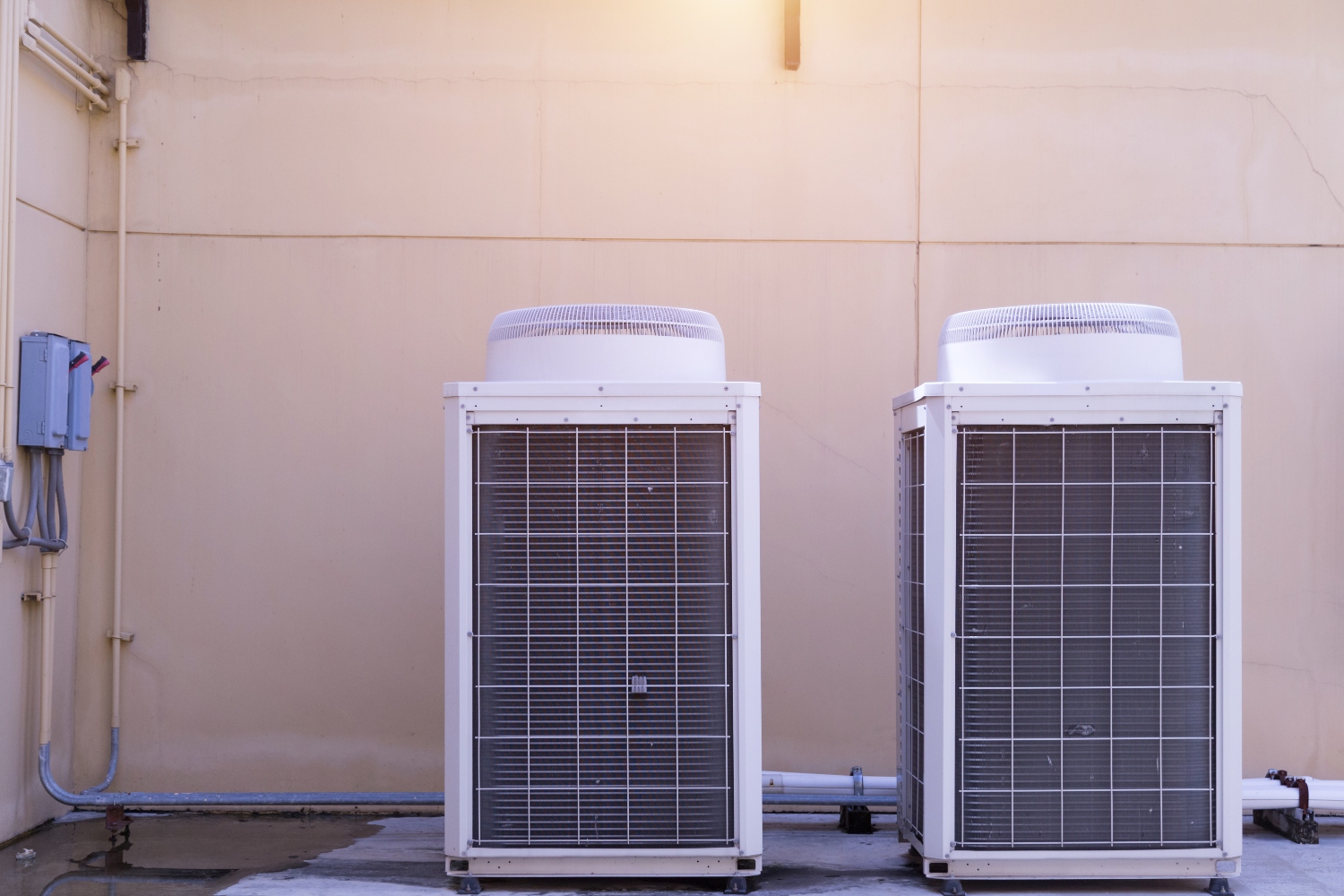

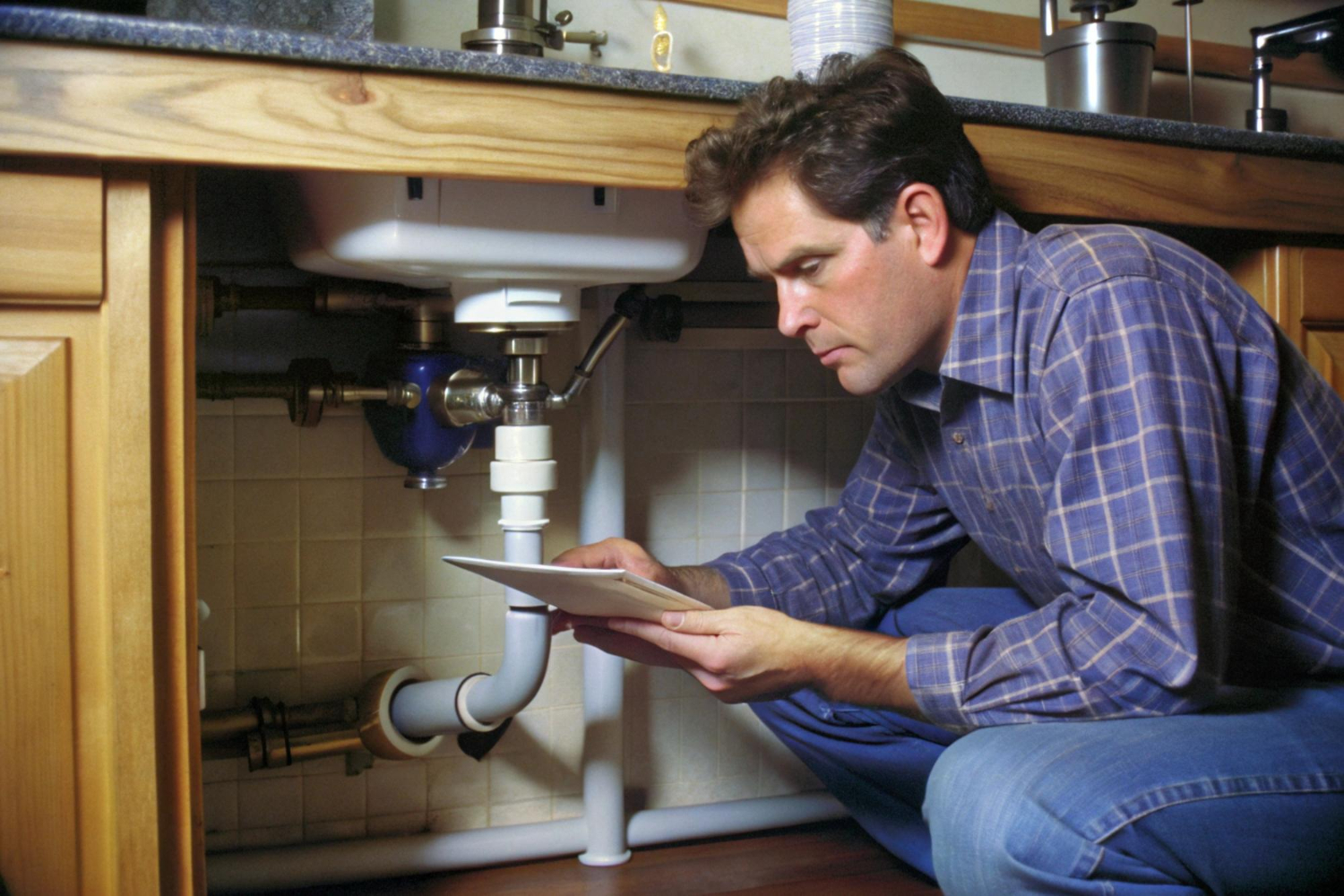
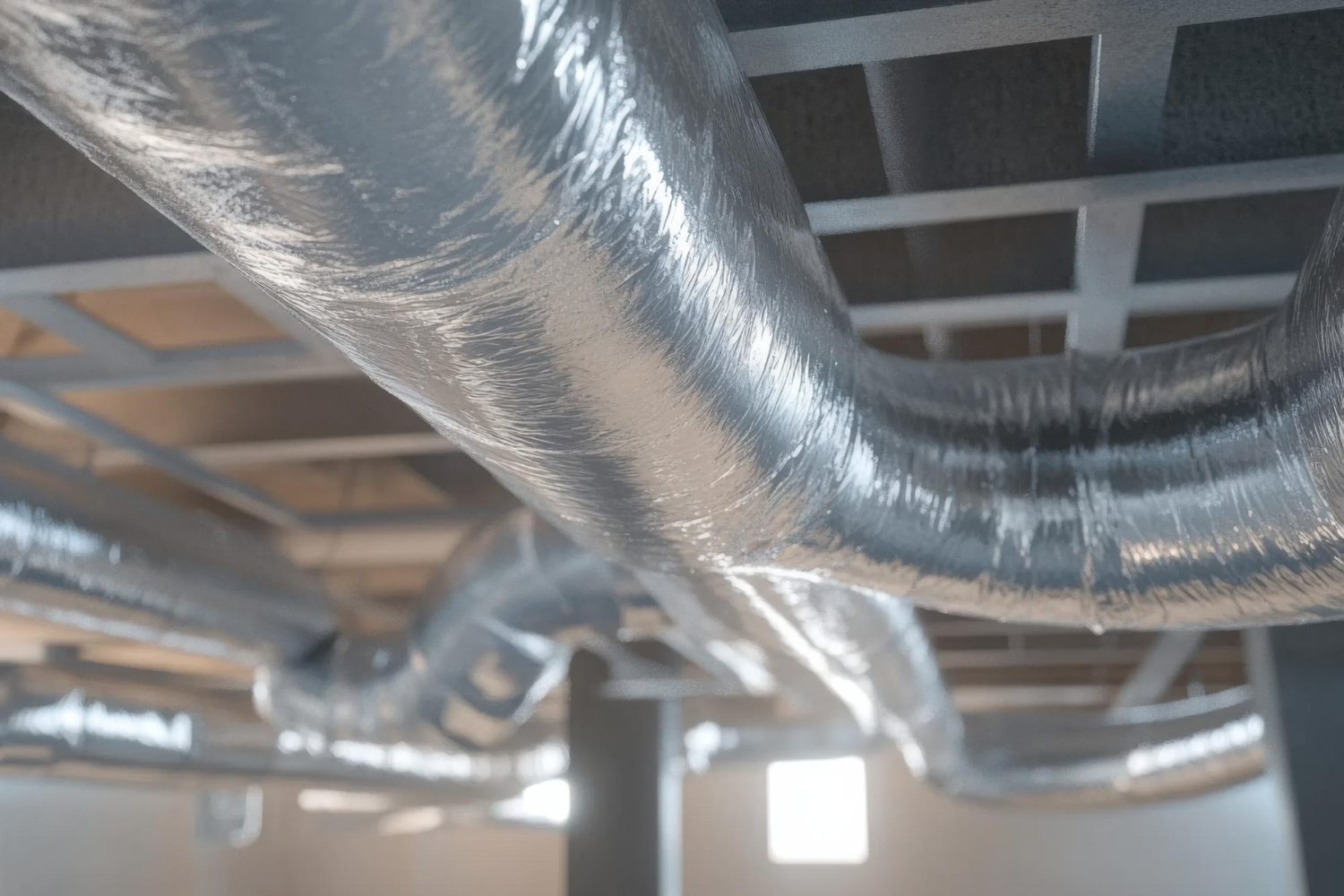
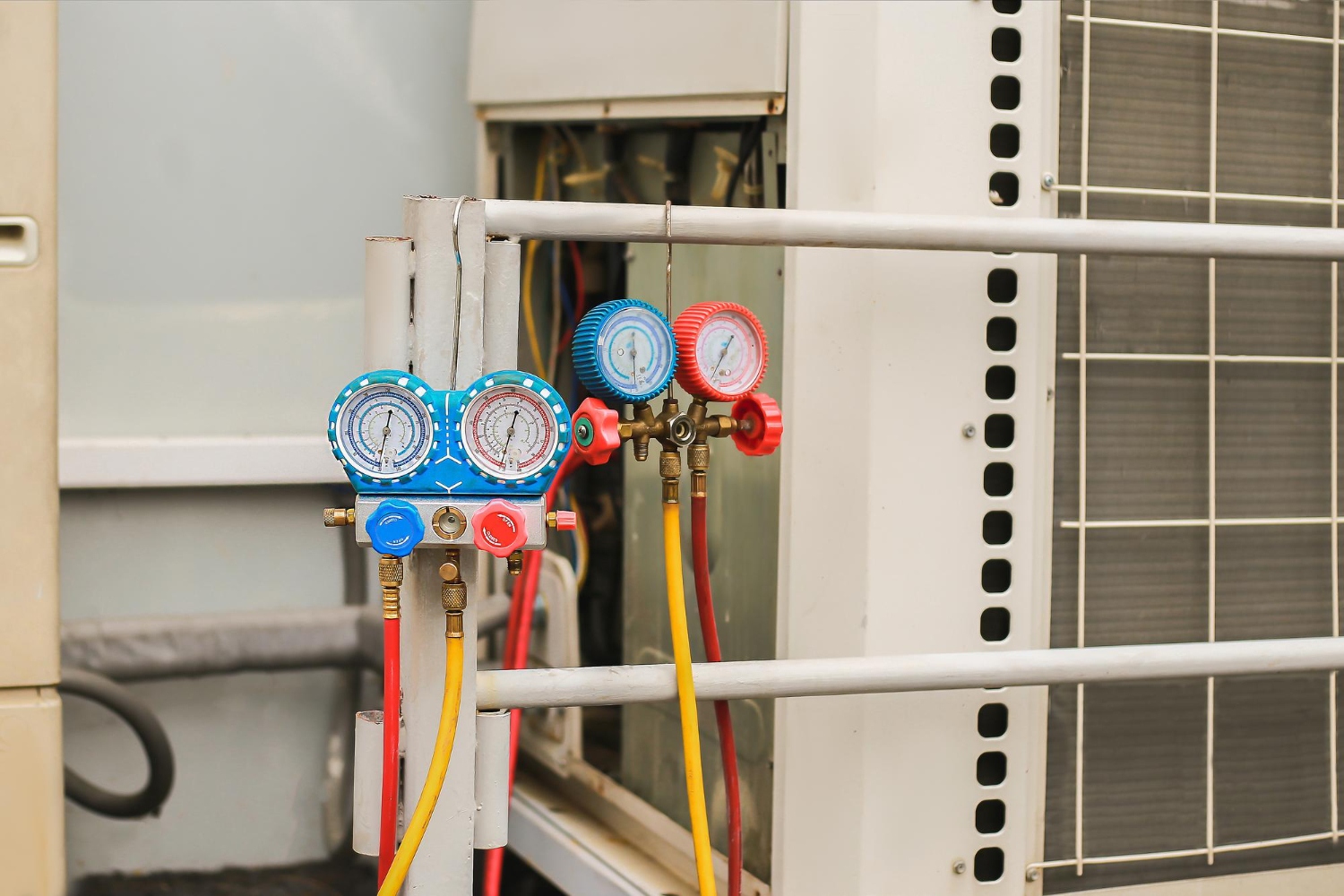
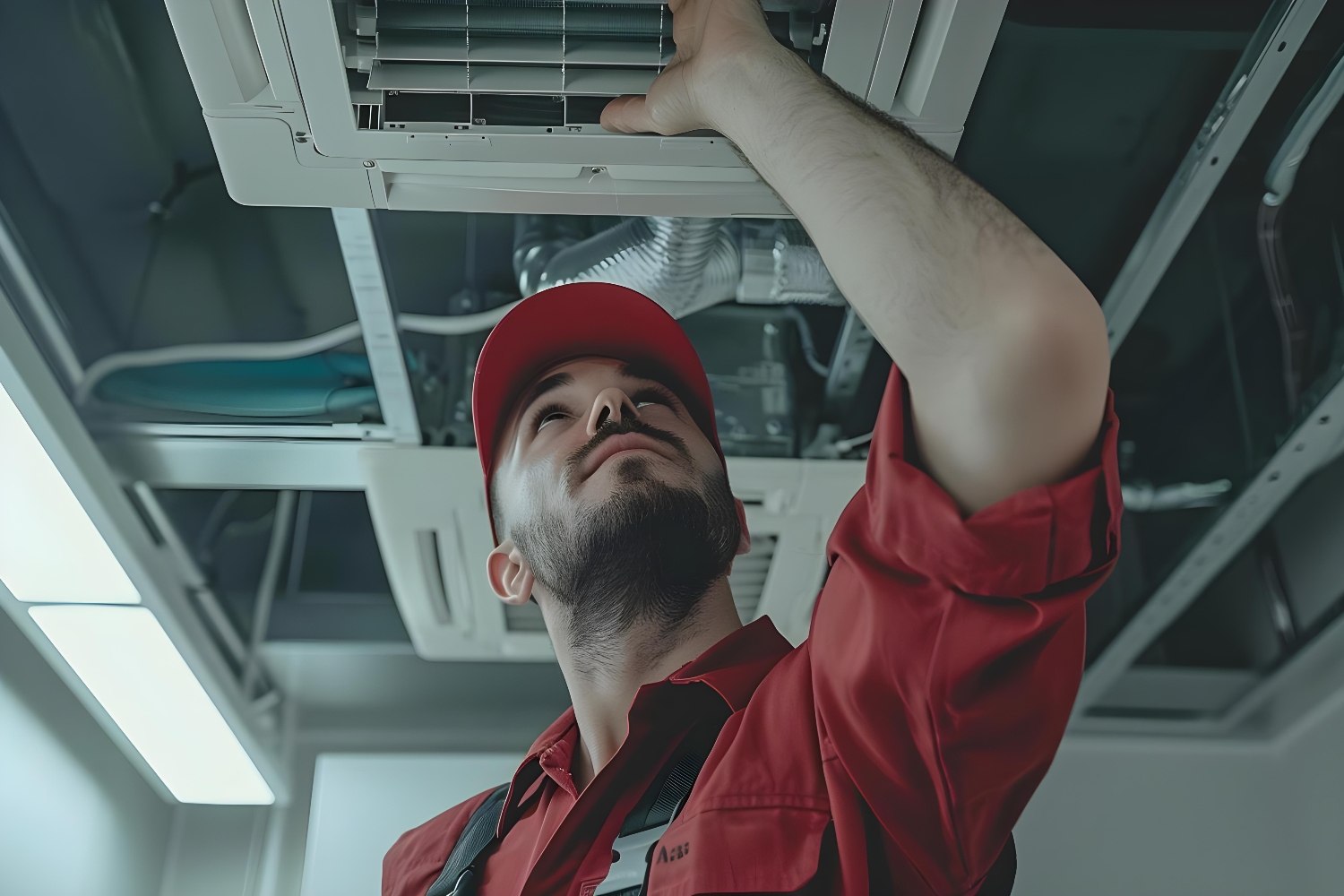
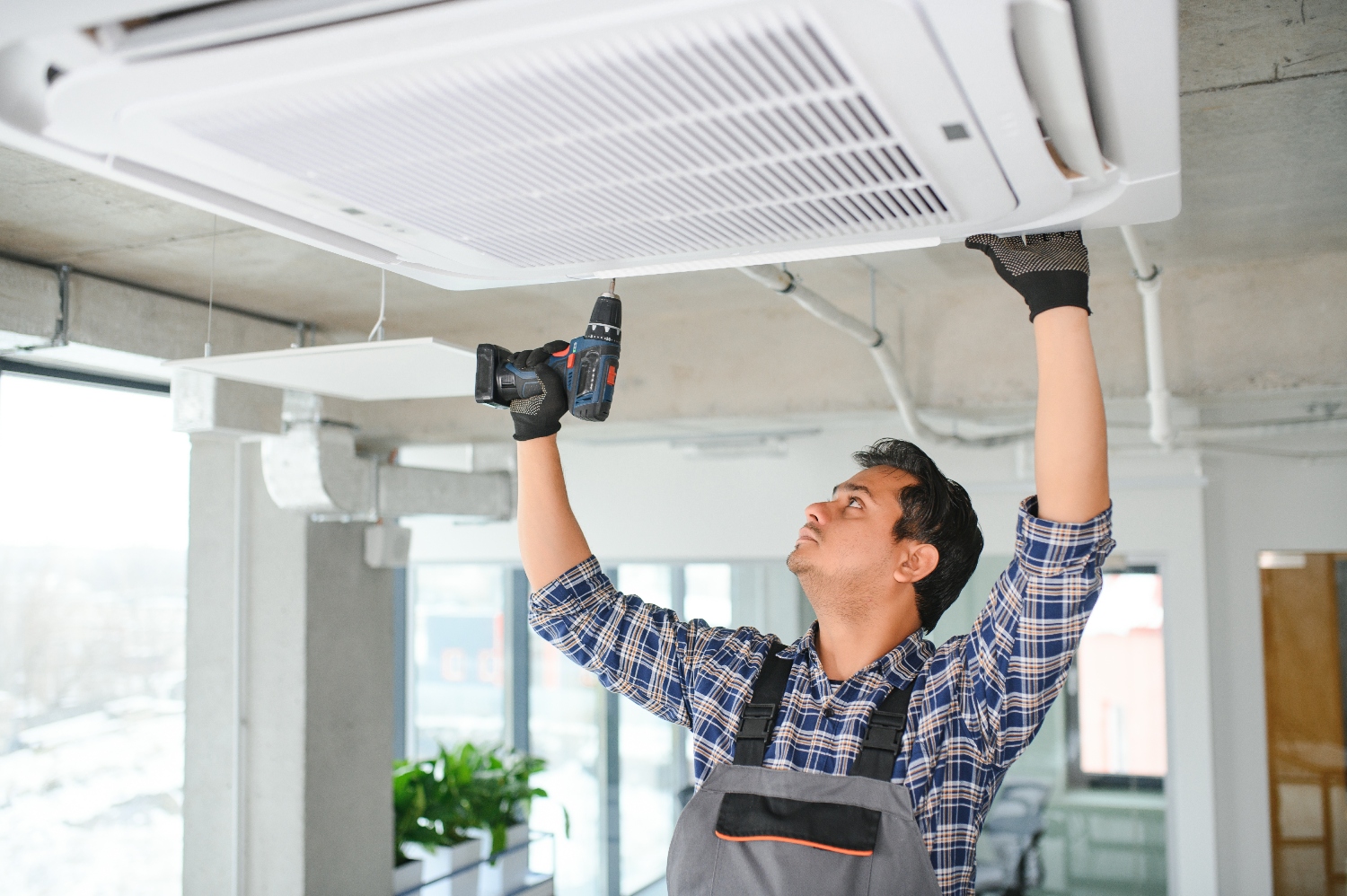





























































.jpg)
.jpg)

.jpg)
.jpg)




















